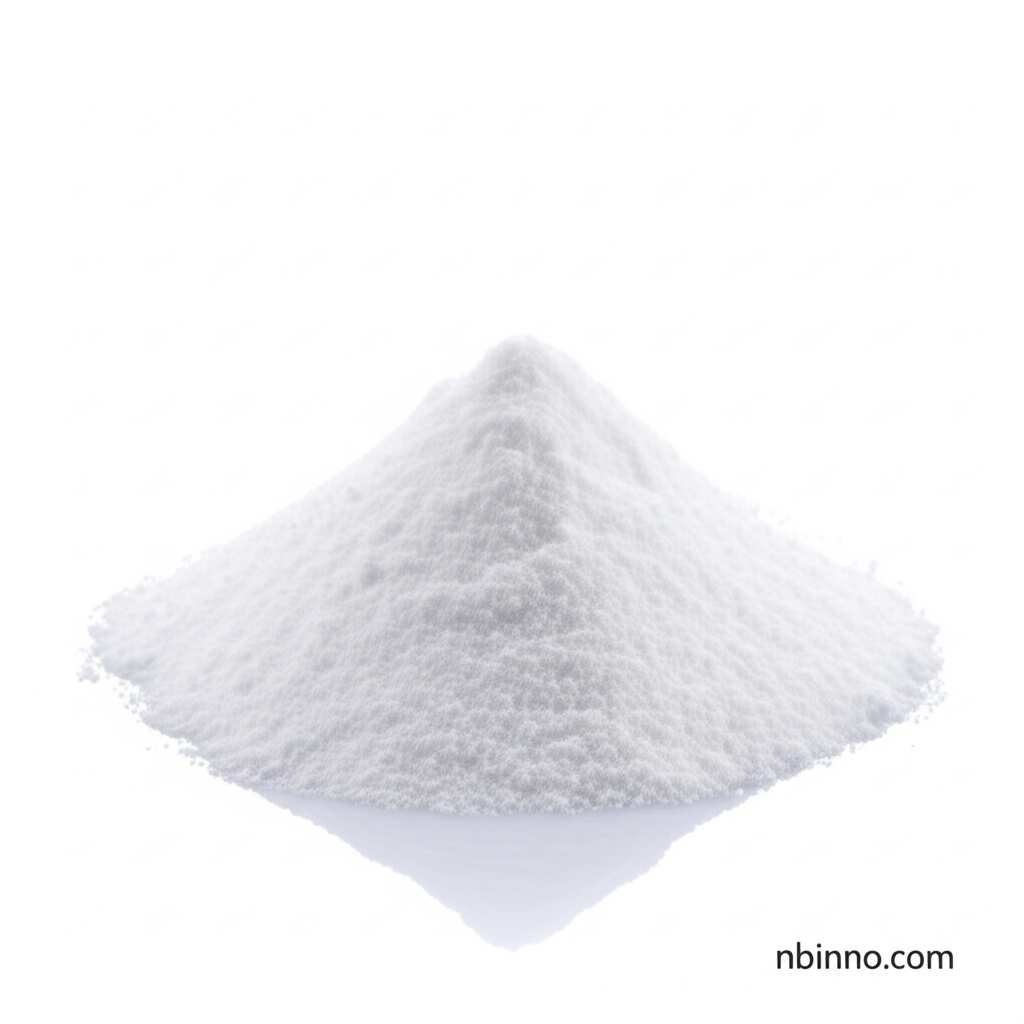Adipotide: A Novel Peptide Targeting Fat Cell Apoptosis for Obesity Research
Discover Adipotide (FTPP), a revolutionary peptide for targeted fat cell research and metabolic studies.
Get a Quote & SampleProduct Core Value

Adipotide (FTPP peptide)
Adipotide is a first-in-class targeted compound that induces programmed cell death (apoptosis) specifically in white adipose tissue. Its unique FTPP homing sequence binds to prohibitin receptors on fat cell vasculature, making it a revolutionary tool for obesity mechanism studies.
- Explore Adipotide FTPP peptide for fat cell research to understand targeted fat reduction mechanisms.
- Investigate the peptide-induced fat cell apoptosis mechanism with high purity Adipotide.
- Utilize Adipotide for targeted disruption of adipose tissue vasculature in your preclinical studies.
- Analyze Adipotide weight loss studies in primates to inform your metabolic disease research.
Key Advantages
Targeted Fat Cell Disruption
Adipotide offers a precise method for targeting white adipose tissue, a key area of focus in obesity research, by disrupting its blood supply.
Metabolic Improvement Potential
Studies suggest Adipotide may lead to significant weight loss and improved insulin sensitivity, offering insights into metabolic disease models.
Novel Mechanism of Action
The unique FTPP homing sequence and prohibitin receptor targeting present a novel approach for understanding and potentially treating obesity.
Key Applications
Obesity Mechanism Studies
Utilize Adipotide to investigate the complex mechanisms behind obesity and fat accumulation in preclinical models.
Metabolic Disease Research
Adipotide research can shed light on its role in metabolic disorders, including type 2 diabetes, by studying its impact on fat tissue.
Targeted Therapeutics Development
The selective targeting of adipose tissue vasculature by Adipotide provides a foundation for developing novel fat-reduction therapies.
Comparative Therapeutic Evaluation
Researchers can evaluate Adipotide against conventional weight-loss approaches to understand its efficacy and potential.
